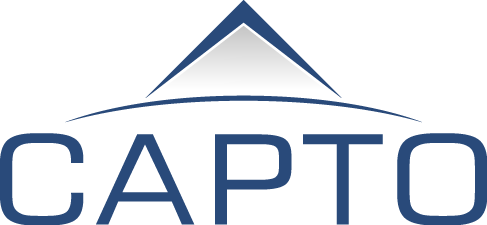Constant Change: How to Reach Goals Better, Faster
We’ve all heard the expression ‘change is constant’ but what does that really mean for organizations in the midst of massive industry shifts, new business strategies, or organizational restructuring? The short answer to travel the fastest and most effective transformational superhighway is to take change management capabilities in-house.
Transformation has become a permanent state-of-being for organizations instead of the event it used to be with an exciting beginning, a fear-filled trough in the middle and a defined end. Companies can no longer delegate the change function to an army of consultants because the nature and origin of the change are becoming too complex. Today, projects morph, mergers and acquisitions take place mid-project and new competitive forces change strategies faster than in the past.
This bumping into and layering change on top of one another is causing confusion and slowing progress. Managing change, therefore, must become an organization-wide skill for your company to effectively fulfill strategic objectives.
Change management capability needs to be incorporated appropriately at every level to equip your organization to handle the layers of change it requires to meet its business objectives. Done successfully, the path to innovation experiences less go-to-market friction. Organizations gain the ability to be nimble to meet market conditions while improving the capabilities of their team instead of exhausting them in a confusing haze of change.
First, acknowledge change impacts your organization’s effectiveness
Too often we see leaders ignore or stiff-arm the soft skills needed to lead a team through change. When you ignore or fail to recognize the need to get your organization on board with a new direction, productivity drops and errors increase. People need a vision or a ‘why’ behind the strategy before they upend their way of operating to help your new objective. Give them the why early and often and progress toward the desired outcome will come much more quickly.
Second, build change capability within the team
Skip the army of outside change-makers. In the age of outsourcing, cross-functional team transformations, and the importance of speed-to-market, managing change needs to shift to an in-house function. The complexity of enterprise operations simply requires a daily awareness that is too costly for outsiders to completely embed themselves in–you may as well employ them. It’s Capto’s position that it is better to build the capability within existing teams.
Not every executive, VP and manager must take on the full cycle of change, but they do need to understand their role in making change happen quickly and effectively. Executive sponsors set the tone for the strategic change taking place. Their role is to establish the vision and generate excitement and buy-in for the business objective. It’s also their job to sustain the vision when the project pivots course, hits delays and achieves milestones along the way. It’s key to be transparent and keep the vision—the outcome—top of mind for the team.
Project leadership knits vision and execution together. Their role is to communicate up, down and across the organization even when—especially when—the change effort hits difficult roadblocks, time and budget delays or competition from other priorities. The importance of communicating when things go well in addition to when they veer off-course cannot be stressed enough. Employees understand imperfection, but they run scared when they know the project is off-target and there is silence at the top. It’s better to take on the temporary disgruntle of a shift in the project than to send valuable resources into a downward spiral of job security and performance panic.
Project managers already have the technical and organizational skills to move projects through the organization. The communication is more tactical on this level. It needs to motivate, quell fear, reward progress and create urgency all at the right time. The project manager also needs to identify and escalate validated concerns up the chain to reinforce support of the project and the team.
Managing Change In-House Leads to Stronger Teams that Reach Goals Faster
When change is fluid inside your organization, your project fatigue is reduced, employees are motivated by the transformation and the team’s overall productivity is increased. Ultimately, developing your in-house capability change allows you to reach your goals faster with a team ready for more.

